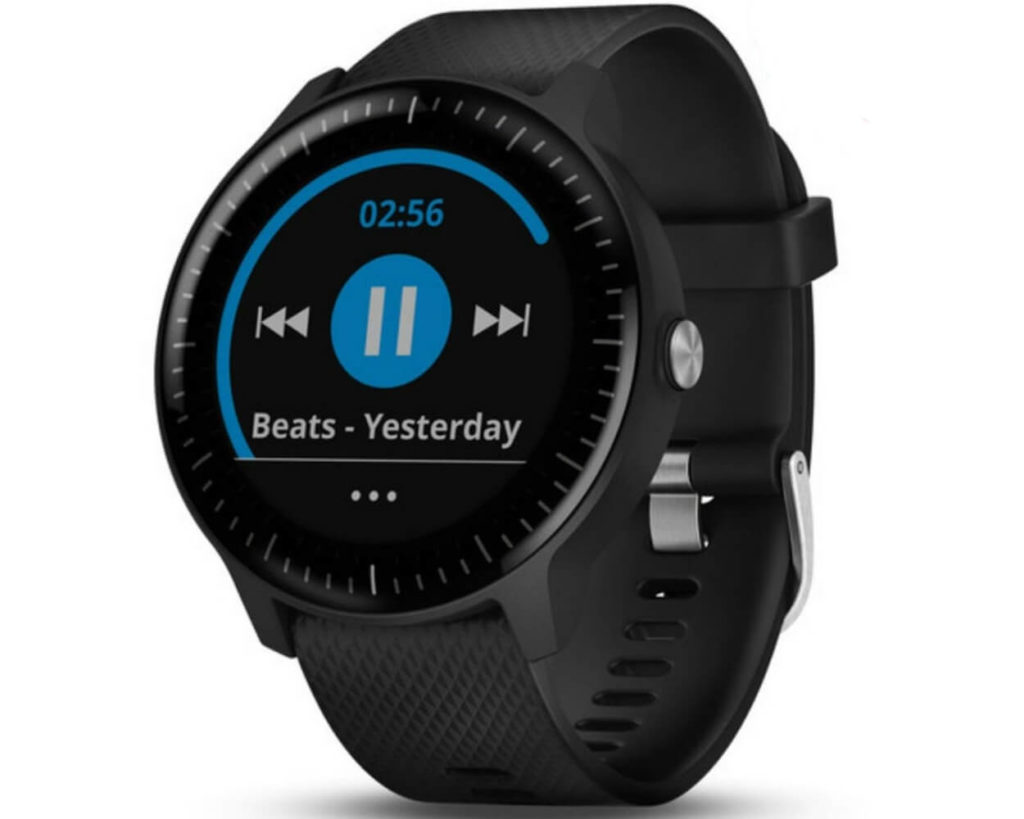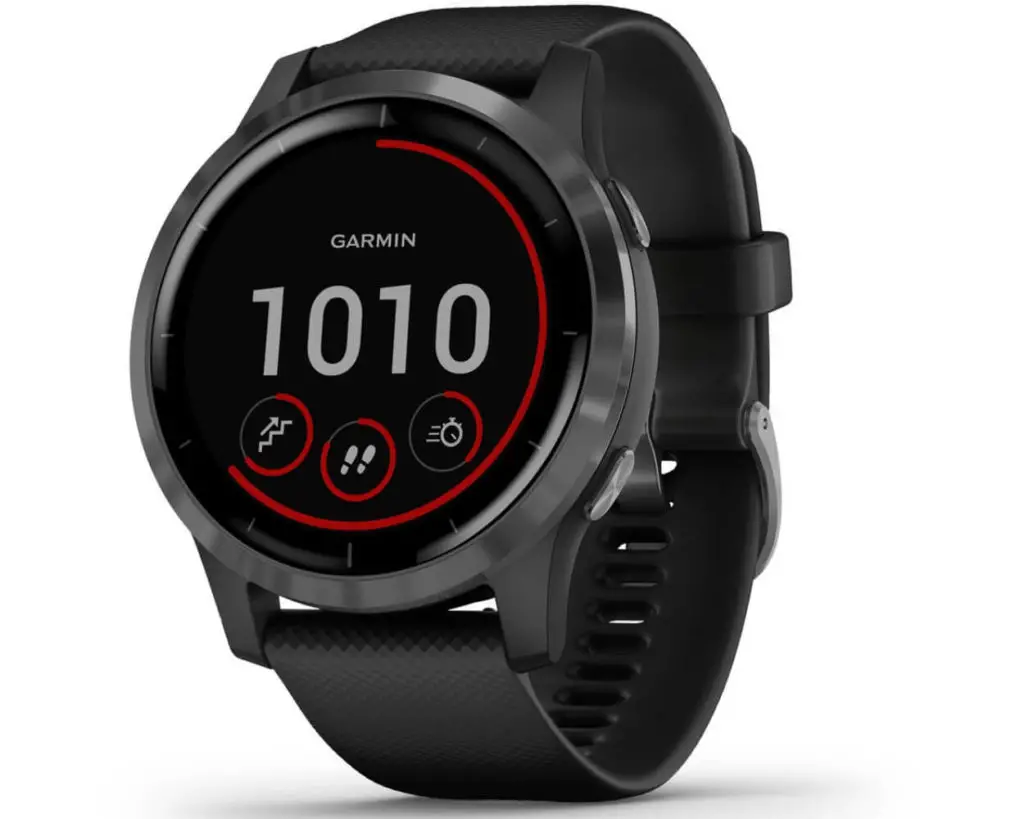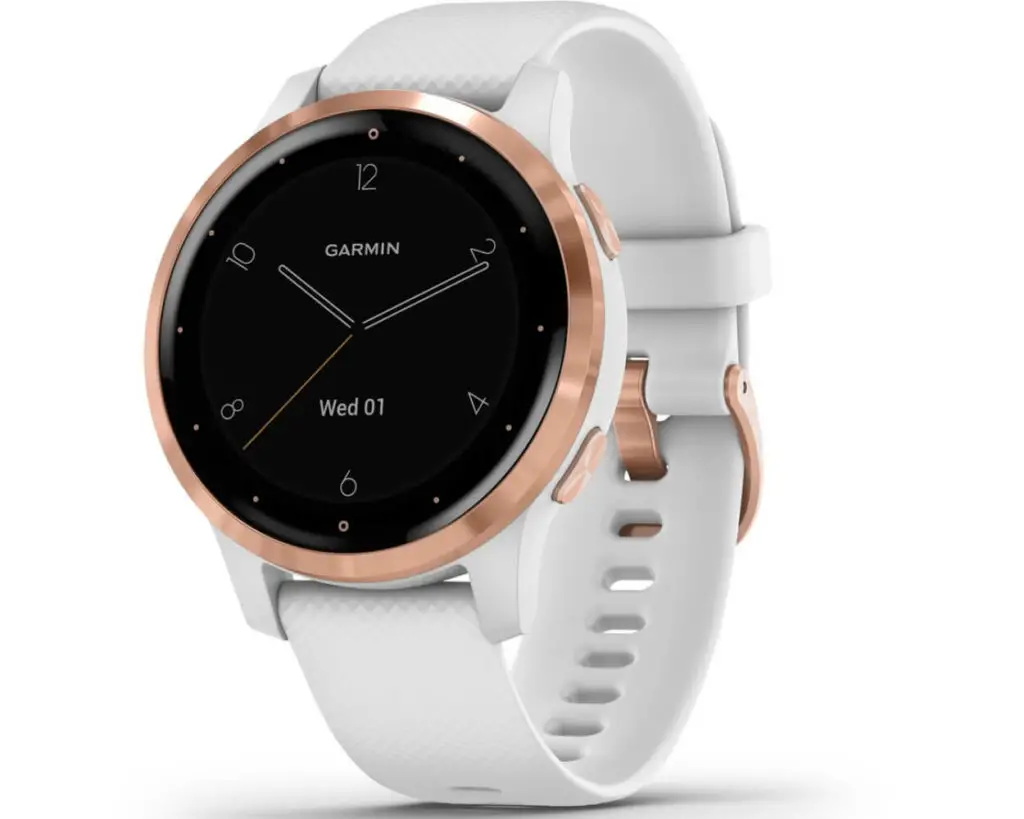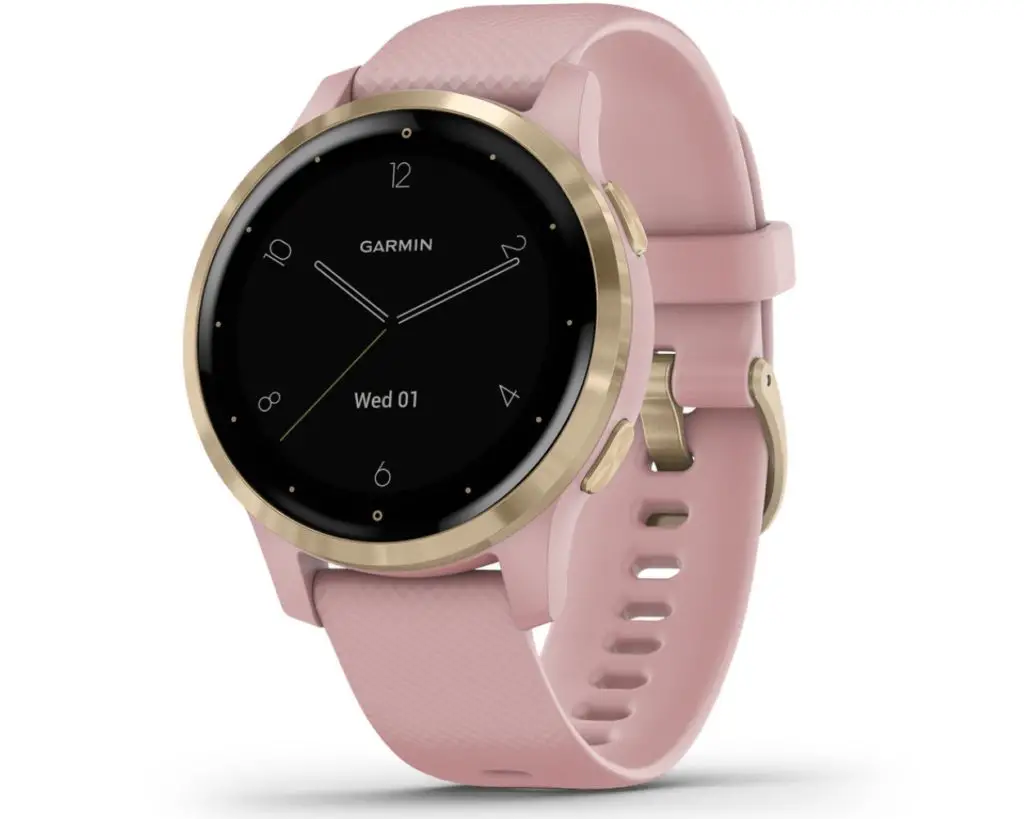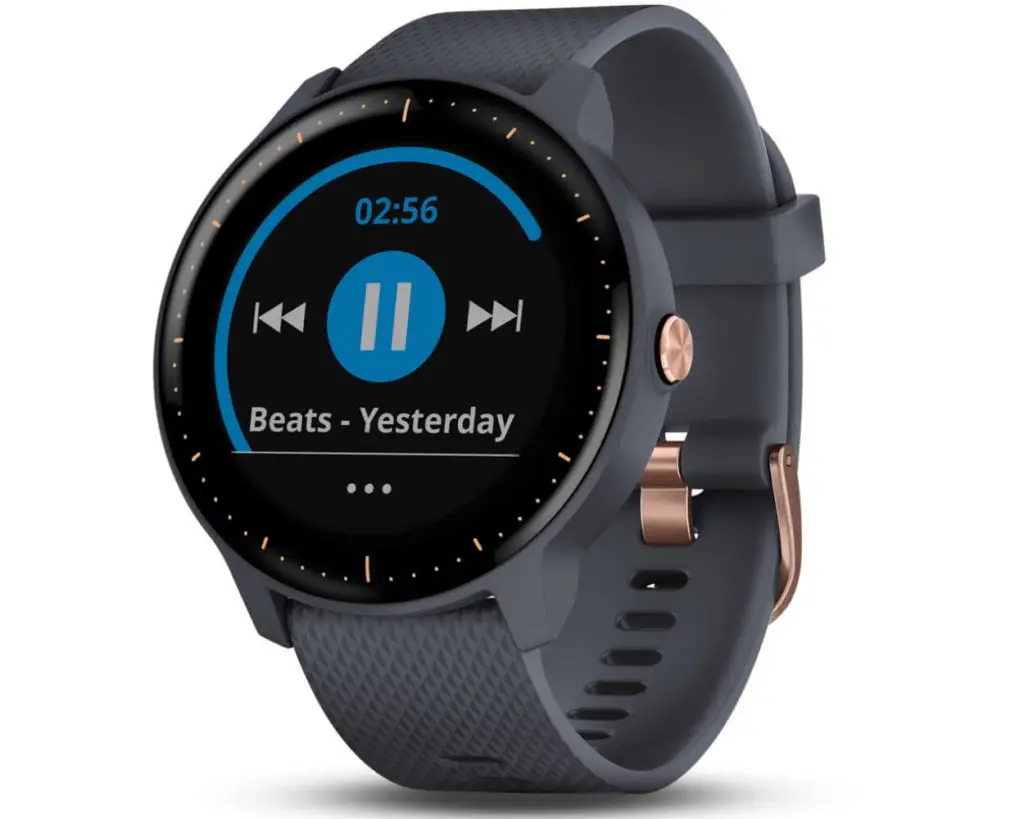This is a simple product comparison between the Garmin Vivoactive 3 Music vs Garmin Vivoactive 4. While they are fairly well matched in terms of overall features, the newer watch definitely emerges victorious in this particular product battle.
To kick things off as quick as we can, let’s take a look at all the key similarities and all the key differences, using some simple comparison tables.
Garmin Vivoactive 3 Music vs Vivoactive 4 - Key Similarities
Vivoactive 3 Music
Garmin Vivoactive 4
19
19
Stryd + RunScribe
Stryd + RunScribe
Garmin Vivoactive 3 Music vs Vivoactive 4 - Key Differences
Vivoactive 3 Music
Garmin Vivoactive 4
Less Expensive
More Expensive
240x240px
260x260px
7 Days
8 Days
13 Hours
18 Hours
5 Hours
6 Hours
Vivoactive 3 Music vs Vivoactive 4 - Main Differences
In summary: the Viovactive 4 has a pulse oximeter, it gives you access go Garmin’s body battery score, it can measure your heart rate underwater (without a chest strap) and it comes in a male and female version.
Now let’s take a look at these differences in greater detail.
Body Battery Score - Vivoactive 4 Only
Garmin’s body battery score has become a core component of their latest GPS watches. It essentially combines your heart rate data, sleep metrics, training stats and stress levels into one overarching score of your body’s energy levels.
In principle, it’s a pretty cool concept that can be quite fun to keep track of. However, it’s by no means perfect, so don’t take it too seriously. Ultimately, it’s just a fun way to keep track of a bunch of different health stats, in a way that’s super easy to understand.
Pulse Oximeter - Vivoactive 4 Only
Garmin have started introducing Pulse Oximeters with all the GPS watches built with their V3 Garmin Elevate Heart Rate Monitor.
The purpose of a pulse oximeter is to measure your blood oxygen saturation levels, which is a lot more useful at altitude than it is at sea level.
Although this is a selling point for the Vivoactive 4, personally, I wouldn’t let this particular feature sway my decision. It’s more of a ‘nice to have’ than an absolute essential.
Incident Detection (Safety Tracking) - Vivoactive 4 Only
This is another key feature in Garmin’s latest devices, and it’s now been added to the Vivoactive 4.
In simple terms, incident detection picks up any major abnormalities in your movement pattern (ie an aprubt stop at high speeds, followed by zero movement whatsoever) and then uses this information to figure out if you’ve had an accident.
If there is enough evidence to suggest that you’ve been involved in a crash, the watch then alerts your emergency contacts automatically.
Side note – Your watch needs to be connected to your phone in order for this feature to work.
Underwater Wrist-based HRM - Vivoactive 4
Garmin were actually a little bit late to the party here, but they’ve finally caught up with Polar and Suunto in this respect.
Admittedly you can’t expect pitch perfect results when measuring your heart rate using the optical sensor underwater, but at least the option is now available.
For most people it should be more than adequate, but if you do want more precise results, it would be best to invest in one of the following two accessories:
Male & Female Sizes - Vivoactive 4 Only
This is another trend that is becoming more and more popular with Garmin’s key product lines.
Basically, you just need to look out for the letter ‘S’ at the end of the product title. This literally stands for ‘Small’, and a lot of women prefer the more compact design. In reality, the difference in size is approximately 5mm.
Enhanced Design - Vivoactive 4
I can only speak for myself here, but I’m a massive fan of the Vivoactive 4’s design. It might even be its best feature.
The goal with every design iteration is to improve upon the predecessor, and with this particular attempt, Garmin have absolutely nailed it.
The only thing left to do is show a few more variations of the design in all its glory.
So which one should you buy?
This product battle actually draws to a fairly simple conclusion.
If you want the best value for money – The Vivoactive 3 is still packed with features and there’s never been a better time to hunt for a deal on this particular watch.
If you want the better looking more accomplished upgrade – Go for the Vivoactive 4. It’s a decent upgrade on the Vivoactive 3 Music and it’s much better looking.


